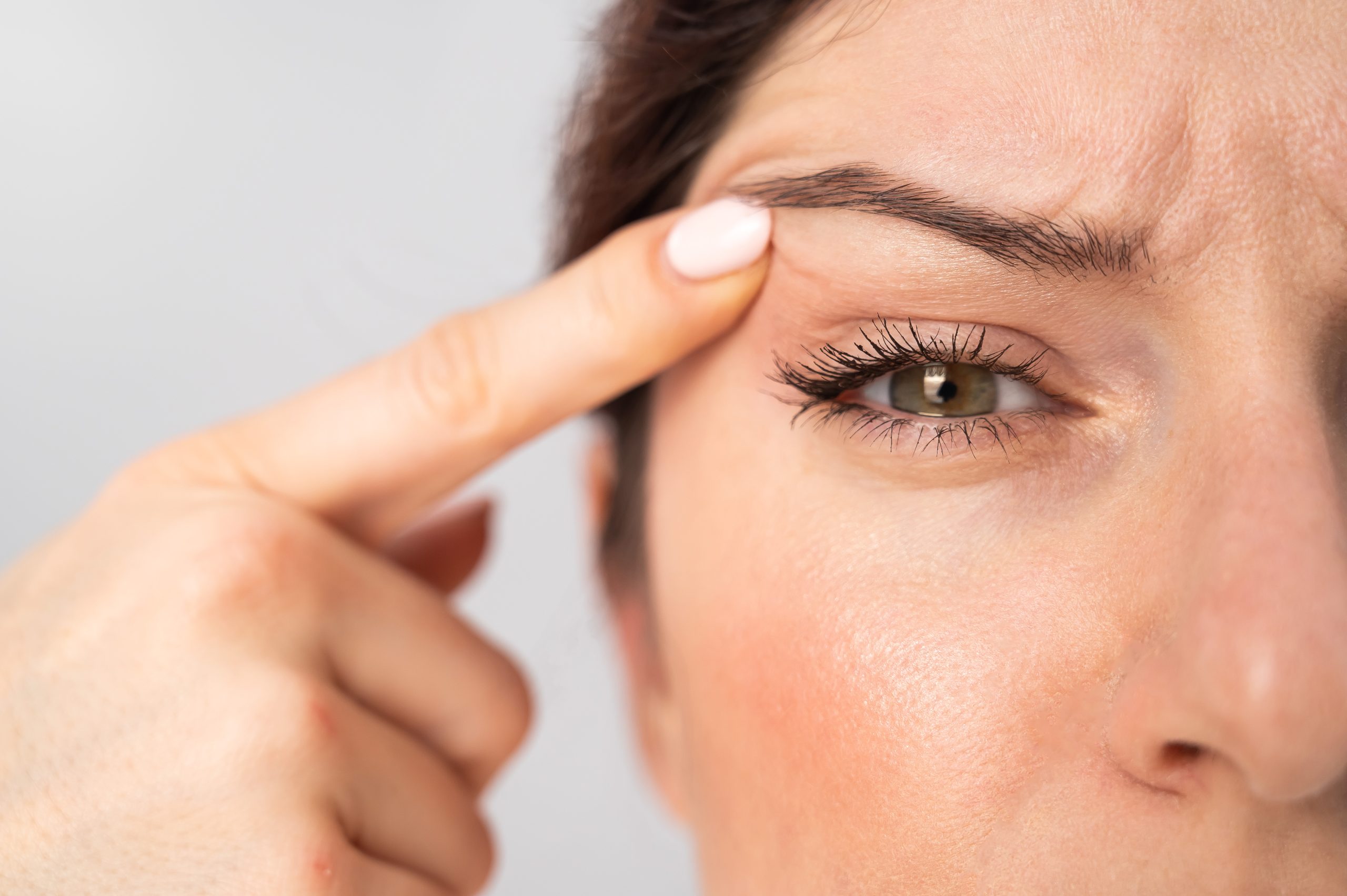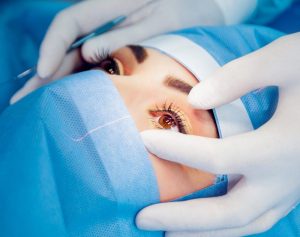- 27 February 2024
- 111
Annoying Eyelid Twitches: What They Mean and What to Do

Understanding Eyelid Twitches
Eyelid twitches, while often harmless, can be incredibly irritating and concerning for those experiencing them. These involuntary spasms, scientifically referred to as myokymia, can occur in either the upper or lower eyelid and are typically harmless. However, understanding their potential causes and knowing when to seek further medical attention is essential for managing these annoying occurrences effectively. Explore More About (Knees Arthritis Shots)
Common Causes of Eyelid Twitches
Eyelid twitches can stem from a variety of factors, ranging from lifestyle habits to underlying health conditions. Some common causes include:
1. Fatigue and Stress:
Fatigue and stress are among the most prevalent triggers for eyelid twitches. Lack of sleep, excessive screen time, and high-stress levels can all contribute to muscle spasms in the eyelids.
2. Eye Strain:
Prolonged periods of focusing on screens or reading without breaks can strain the muscles around the eyes, leading to twitching.
3. Caffeine and Alcohol Consumption:
Excessive intake of caffeine or alcohol can disrupt the normal functioning of muscles, including those in the eyelids, potentially triggering twitching.
4. Nutritional Deficiencies:
Lack of essential nutrients like magnesium or potassium may contribute to muscle spasms, including those in the eyelids.
5. Dry Eyes:
Insufficient lubrication of the eyes, often caused by factors like staring at screens for extended periods or environmental factors, can lead to eye irritation and twitching.

When to Seek Medical Attention
While most eyelid twitches are harmless and resolve on their own, there are instances where they may indicate a more serious underlying condition. It’s crucial to consult a healthcare professional if:
- The twitching persists for an extended period, typically more than a week.
- The twitching is accompanied by other symptoms such as redness, swelling, or discharge from the eye.
- The twitching significantly impairs vision or affects both eyes simultaneously.
Managing and Treating Eyelid Twitches
Lifestyle Modifications
In many cases, making simple lifestyle adjustments can help alleviate eyelid twitches. Consider the following strategies:
1. Prioritize Sleep:
Ensure you’re getting an adequate amount of sleep each night, aiming for 7-9 hours for optimal rest and muscle recovery.
2. Reduce Stress:
Incorporate stress-reduction techniques such as meditation, deep breathing exercises, or yoga into your daily routine to help relax the muscles around the eyes.
3. Limit Caffeine and Alcohol Intake:
Moderating your consumption of caffeine and alcohol can help minimize muscle spasms and twitching.
4. Take Breaks from Screens:
Follow the 20-20-20 rule: every 20 minutes, take a 20-second break and look at something 20 feet away to reduce eye strain.
Eye Care Practices
Proper eye care can also play a significant role in managing eyelid twitches:
1. Use Artificial Tears:
If dry eyes are contributing to twitching, over-the-counter artificial tears can help lubricate the eyes and reduce irritation.
2. Warm Compresses:
Applying a warm compress to the affected eye can help relax the muscles and alleviate twitching.
3. Stay Hydrated:
Drink plenty of water throughout the day to maintain overall hydration levels, which can help prevent dry eyes and muscle spasms.
Medical Interventions
In cases where eyelid twitches persist despite lifestyle modifications, medical interventions may be necessary:
1. Botulinum Toxin Injections:
In severe cases of eyelid twitching, injections of botulinum toxin (Botox) may be recommended to temporarily paralyze the muscles and alleviate spasms.
2. Prescription Medications:
In certain instances, medications such as anticonvulsants or muscle relaxants may be prescribed to help control muscle contractions.
3. Surgery:
Surgical intervention is rarely needed for eyelid twitching but may be considered in extreme cases where other treatments have failed.

Lifestyle vs. Medical Interventions
Here’s a comparative table outlining lifestyle modifications versus medical interventions for managing eyelid twitches:
| Lifestyle Modifications | Medical Interventions |
|---|---|
| Prioritize Sleep | Botulinum Toxin Injections (Botox) |
| Reduce Stress | Prescription Medications |
| Limit Caffeine and Alcohol Intake | Surgery |
| Take Breaks from Screens | |
| Use Artificial Tears | |
| Apply Warm Compresses | |
| Stay Hydrated |
Conclusion
While eyelid twitches can be bothersome, they are typically benign and often resolve with simple lifestyle modifications. By understanding the potential causes and implementing appropriate management strategies, individuals can effectively alleviate twitching and prevent future occurrences. However, it’s essential to consult a healthcare professional if twitching persists or is accompanied by other concerning symptoms to rule out any underlying medical conditions.

